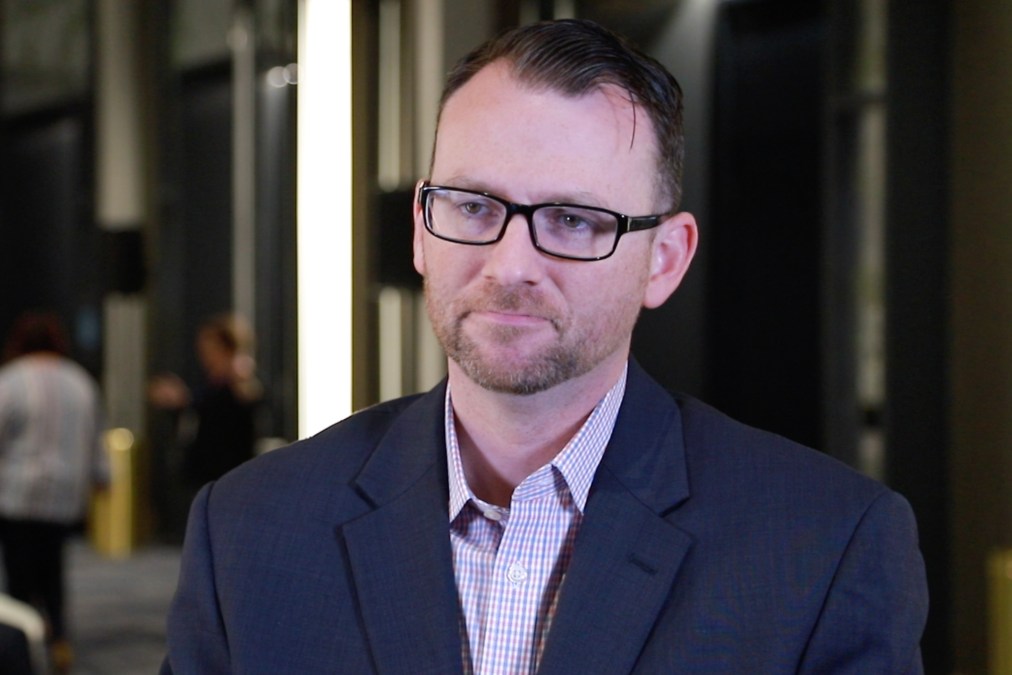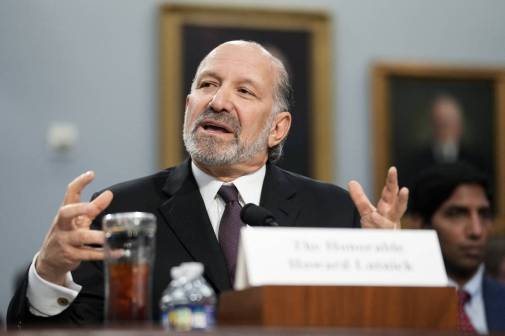West Virginia’s CIO explains his new enterprise authority

When Joshua Spence saw his title change last week from West Virginia’s chief technology officer to its chief information officer, it marked a major shift in how the state plans and manages its technology.
In an interview with StateScoop, Spence explained that the title change was an afterthought compared to the changes in authority that arrived to his office when Gov. Jim Justice approved the alterations in April. Most importantly among the changes, Spence’s office is now granted oversight of technology strategy across West Virginia’s departments. This is in contrast, he said, with a previous practice in which agencies individually budgeted, got legislative approval for and began procuring technology before involving him.
“There’s not a whole lot you can influence at that point. The funding’s already set, the planning’s already made, the procurement’s written. Typically they’re only looking at it from their perspective, from their mission, from their purpose,” Spence said. “And that makes total sense, but we all know — now more than ever — you get true value when you fully leverage technology’s capabilities more broadly.”
Spence said he doesn’t intend to dictate to agencies which solutions they must use, but hopes to show them ways they can save on their budgets by revealing services that are already available to them and to combine projects across agencies to improve everyone’s outcomes.
“We do need to account for that use as it relates to our infrastructure, our security, our privacy,” he said. “Can it get benefit from services already in place and be better than what the agency initially scoped? And those are the types of conversations that traditionally weren’t happening at a strategic level.”
Some of the technologies attracting the most attention in government, such as artificial intelligence and robotic process automation, also require consideration of the entire state enterprise to be used effectively, Spence said. Evaluating strategic risk as part of the state’s cybersecurity practice likewise cannot be effectively performed on an agency-by-agency basis, he said.
State Sen. Chandler Swope, who sponsored the legislation that instantiated the authorities now available to Spence’s office, told StateScoop he’s seeking support to better fund the state’s IT modernization efforts so the CIO can put his new powers to good use. Spence said the state is also currently attempting to better understand its technology spending, which is complicated by technology’s near-ubiquity and a broad shift in the industry toward service-based models.
“You’re going to have to pay for a service year in and year out and a lot of these online services are under this model where they’re going to feed you updates and capabilities that you may or may not need,” Spence said. “And as a result, they’re going to expect to uptick the cost year after year. And so there is concern with that shift in the industry that we’ll find some inflating costs that we’re not prepared for.”
As in other state governments, the West Virginia CIO’s job is never done — just a slice of Spence’s recent work has included migrating 22,000 employees to Google’s productivity software and assisting agencies in their responses to the COVID-19 pandemic. But the difference going forward, he said, is that he’ll have the authority to influence project outcomes much earlier on and from an elevated view.
“What we’ve really been trying to press upon the culture of state government here is to really think hard about why you do something, not necessarily how you do it,” he said. “That’s one of the biggest challenges. We find the subject matter experts will naturally go to the process they use to reach the end, but we don’t spend enough time focusing on why we even do it. And what that does is drive modernization efforts to replicate the existing instead of being open-minded to the possibilities of overhauling in a way that brings significant efficiency, significant benefit.”






